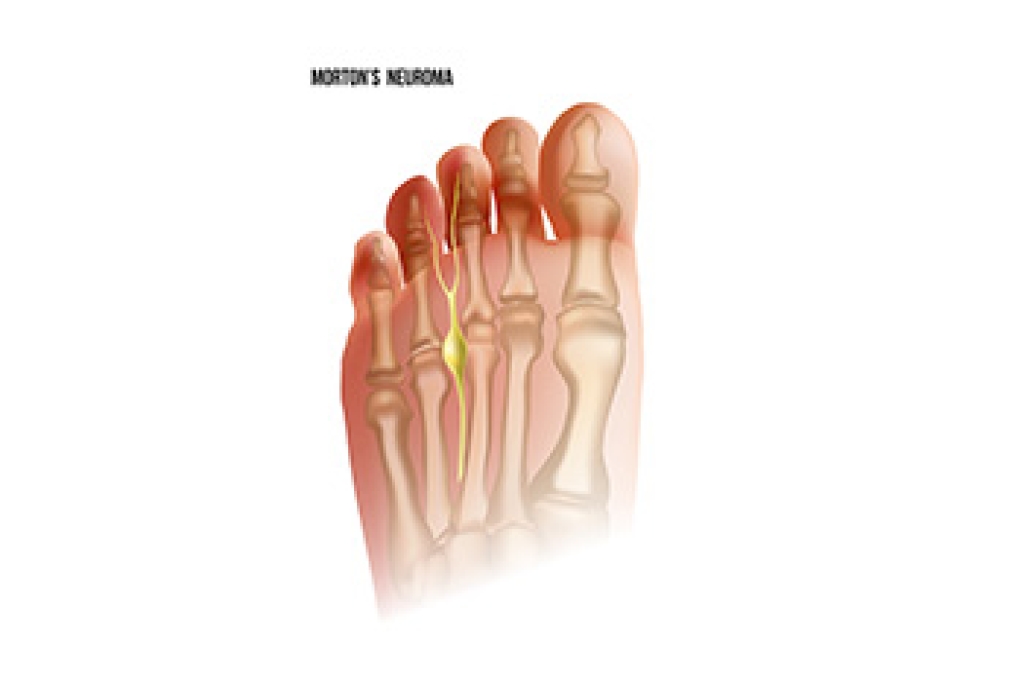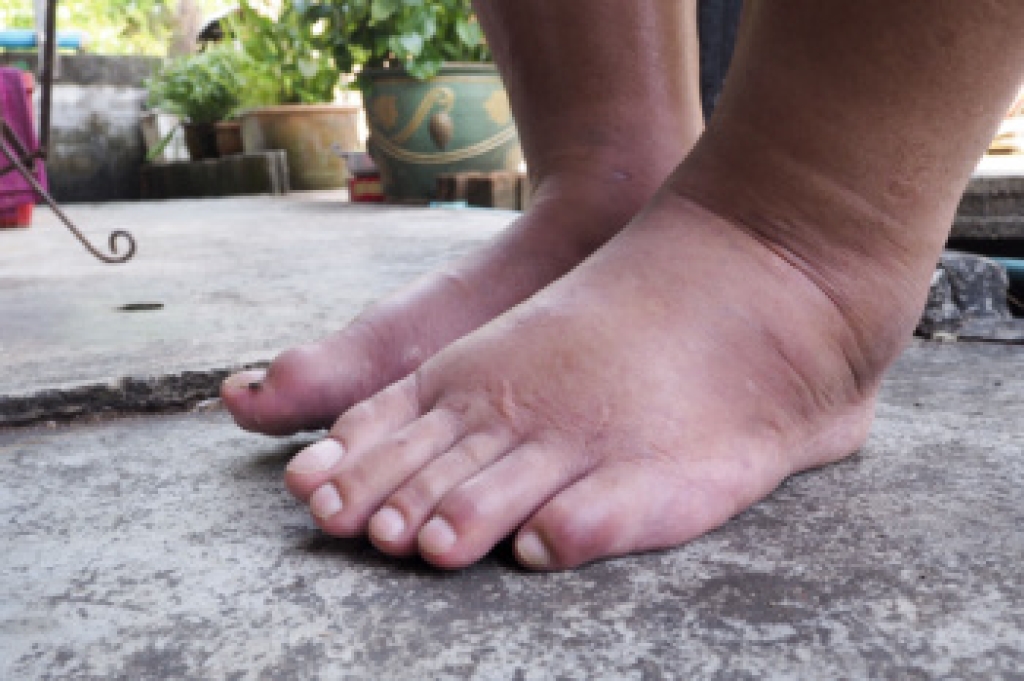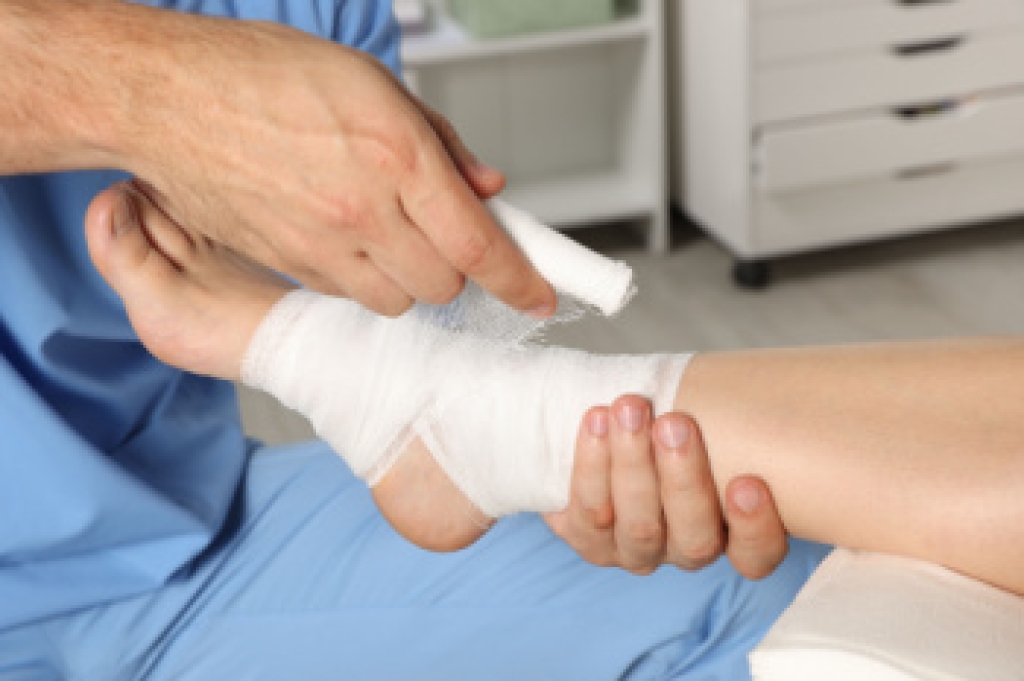
Wearing shoes that do not fit correctly can lead to a range of painful foot problems. Blisters form from constant friction, while corns develop due to pressure on bony areas. Unsupported arches may cause discomfort during walking or standing, and improper alignment can contribute to plantar fasciitis, a painful inflammation of the heel and arch. These issues can worsen over time and affect your mobility and quality of life. A podiatrist can evaluate your foot structure, recommend properly fitted footwear, and offer treatments such as orthotics or medication. If you are experiencing foot pain that is coming from wearing shoes that do not fit correctly, it is suggested that you visit a podiatrist to find relief and protect your feet from further damage.
Getting the right shoe size is an important part of proper foot health. Seek the assistance of Derek Smith, DPM from Oklahoma. Our doctor will provide the care you need to keep you pain-free and on your feet.
Getting the Right Shoe Size
There are many people who wear shoes that are the incorrect size, negatively affecting their feet and posture. Selecting the right shoes is not a difficult process, so long as you keep several things in mind when it comes to choosing the right pair.
- When visiting the shoe store, use the tools available to measure your foot.
- Be sure there is ‘wiggle room’. There should be about an inch between your toes and the tip of your shoes.
- Do not always assume you are the same size, as manufacturers run differently.
- Purchase shoes later in the day, as your feet swell as the day progresses.
- If a shoe is not comfortable, it is not suitable. Most shoes can’t be ‘broken in’, and comfort should be the ultimate goal when it comes to choosing the right pair of shoes
As our feet hold our body weight and keep us moving, it is important to treat them right. Picking the right pair of shoes can provide your feet comfort and mobility without pain.
If you have any questions, please feel free to contact our offices located in Ponca City, and Stillwater, OK . We offer the newest diagnostic and treatment technologies for all your foot care needs.




